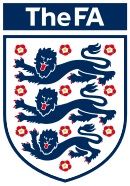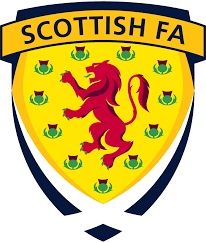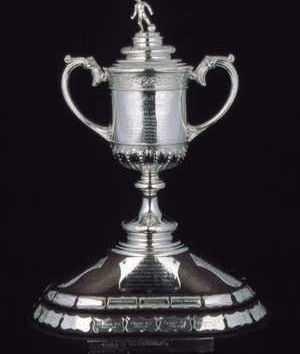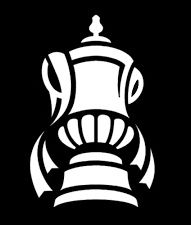Matter(s) of Fact(s) Two

There is currently a deal of heat and light being generated by various parties, mostly good-naturedly but also by some with more sinister intent , about the origins and a "home" of "football". We at SFHG are not sinister but also not immune. With regards the former it is pretty safe to state that the sources of "foot-ball" and "football" are various and to say that the model of club football organised to a large degree as we know it today first made is appearance in Sheffield in the decade from 1857, the year of the formation of Sheffield F.C., to the foundation of the Sheffield Football Association, now the Sheffield and Hallamshire County F.A..

And there should equally be little doubt about the place from where, by definition, Association football came from. It was Covent Garden in London 1863 with the creation of the eponymous Football Association with, it should be stressed, considerably more pivotal interventions and amounts of support than admitted by the capital from co-travellers in Sheffield. But here there is tension, it has to be said, largely from Yorkshire, from where too often in the current campaign for Unesco Heritage Status there has too often been a seemingly deliberate conflation of the game we play today, Association football, soccer, and non-soccer.

And then there is the question of the start of modern, Association football. The myth, the mime has been that it was public-school and once more English, this time South-English. However, we at SFHG maintain it was in Scotland and twice over, Style from 1872 but mainly in the latter half of the 1870s, and from 1888 Game, riding on, as The Scottish Football Museum, puts it fitba's "explosion" in our country, and in essence the root-stock, albeit one largely planted elsewhere, there to be shown to be demonstrably superior, of the contemporary game.
Of course, this contention is wide open to gain-say but in the recent, first Fact(s) Matter(s) figures, that is counting not trope repetition, were given to show just how the penetration from North of Border of Scots players and therefore "Style" and "Game" in England racked up to a peak in 1899. Moreover, much evidence has been gathered in the last decade showing that it was the Scots passion for the game that largely took it global, see Scots Football Worldwide.
But in response we have turned our attention to club formation and participation in the formative years and in the three main centres, in chronological order Sheffield, London and therefore England ex. the Steel City largely the Midlands, and Scotland. In the first in those pre-Association years it had started with one, a second club being added in 1860 and rising to perhaps twenty-one in 1883, when the London FA finally mustered six. In fact, as the latter almost folded in 1867 with perhaps 10 clubs but only again six active, after a concerted effort at recruitment from 1868 to 1872 the two were more or less in lock-step. In 1867 twelve Sheffield clubs had taken part for the Youdan Cup, the World's first, organised trophy.
At that point there was in Sheffield something of a surge in club-formation, outstripping London and by a margin for three years in succession. It meant that by 1877 a gap should have opened up. Yet forty-seven of the city's team's would take part in Cup-competition, as against forty-three from the rest of England, and there were now three of them, twenty-five of twenty-six eligible teams in the Sheffield FA Challenge Cup, fifteen in the schismatic Sheffield New FA Challenge Cup and six in the Non-Association Cup.

However, North of Border there was neither schism steady growth. The game had arrived in Scotland in 1872 with the playing in Glasgow of the first and drawn international. It had lit a spark. By 1874 the number of new club formations had doubled in the two intervening years, the number of teams in the Scottish Cup had risen from sixteen to twenty-five. And by 1877 tannual club formations had reached one hundred and nine, whilst in England it was nineteen with one hundred and sixteen participants in the Scottish Cup and forty-three in the English equivalent.

In fact before the Scottish Cup in 1883-4 set a maximum entrants to the main draw, having reached one hundred and forty-seven, England had only reached one hundred and in terms of club formations Scotland stood at just shy of a thousand with England a quarter of that number. The contrasts could not be any sharper. Association football was popular in England, particularly in the Midlands and the North, with at that point the situation Sheffield unclear. It would not be clarified until 1887 when all its association had united as one. In fact the number of teams
in the FA Cup from the South had in 1881 been equalled by those from the Midlands and The North, excluding Sheffield and that ratio gradually worsened. By 1887 it had fallen to just thirty-eight percent and non-Southern teams had won the trophy for six years in succession and would do so for another decade and half, even then with Tottenham with a Scots player-manager and playing his version of the Scottish Game.
Back to the SFHG Home page